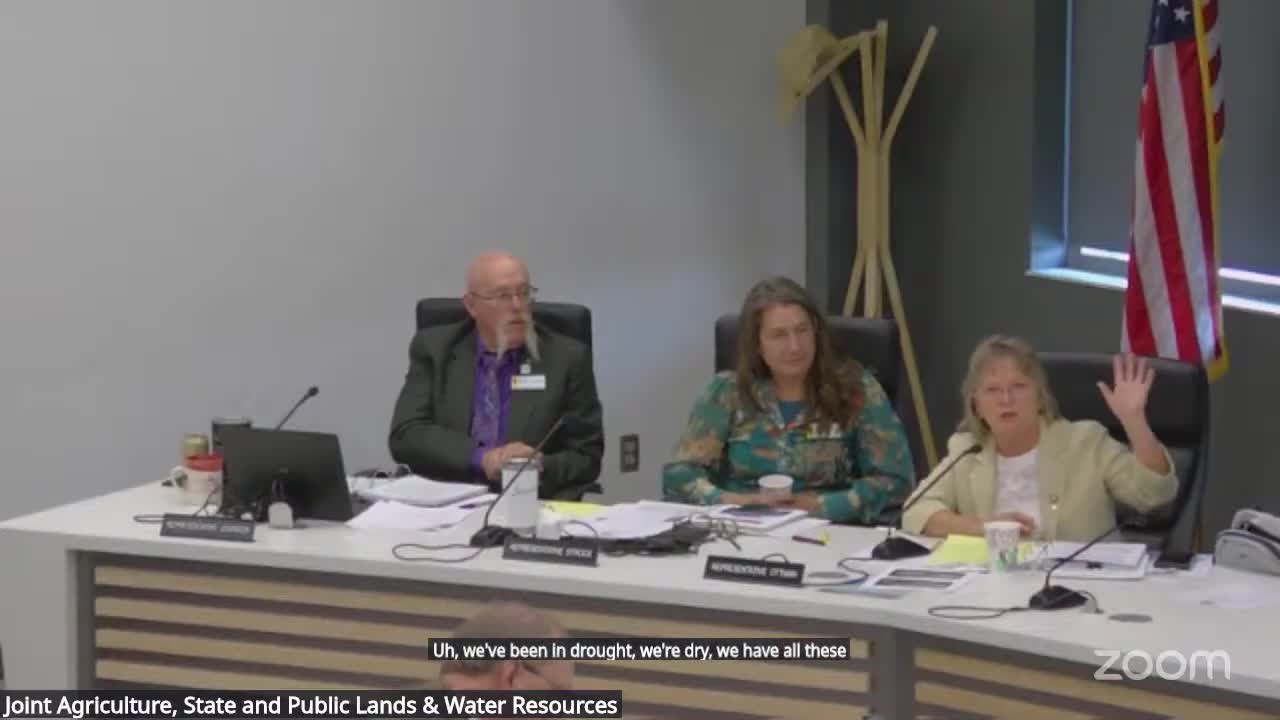
This article was created by AI using a video recording of the meeting. It summarizes the key points discussed, but for full details and context, please refer to the video of the full meeting. Link to Full Meeting
One of the key points raised was the ethical and practical considerations of who decides which areas benefit from weather modification efforts. A representative expressed apprehension that such technologies could inadvertently disrupt natural weather cycles, affecting not only local agriculture but also distant regions reliant on consistent weather patterns for their water supply. The representative emphasized the need for careful control and oversight of these technologies, citing the potential to "make and break a county, a state, a country."
In response, experts clarified that water vapor in the atmosphere has a relatively short residence time, typically cycling out within 24 to 36 hours. This means that while weather modification may temporarily alter precipitation in one area, it does not significantly impact the overall water cycle, as the vapor will eventually be replaced by new molecules. This understanding is crucial for assessing the broader implications of weather modification on regional and national scales.
The discussions underscored the importance of balancing innovative weather control projects with the need for responsible management of water resources. As Wyoming continues to explore these technologies, the committee acknowledged the necessity for ongoing dialogue about their potential impacts on both local and distant communities. The meeting concluded with a commitment to further investigate the implications of weather modification, ensuring that any advancements align with the best interests of all stakeholders involved.
Converted from Joint Agriculture, State and Public Lands & Water Resources, August 28, 2025 - PM meeting on August 29, 2025
Link to Full Meeting
Comments
View full meeting
This article is based on a recent meeting—watch the full video and explore the complete transcript for deeper insights into the discussion.
View full meeting